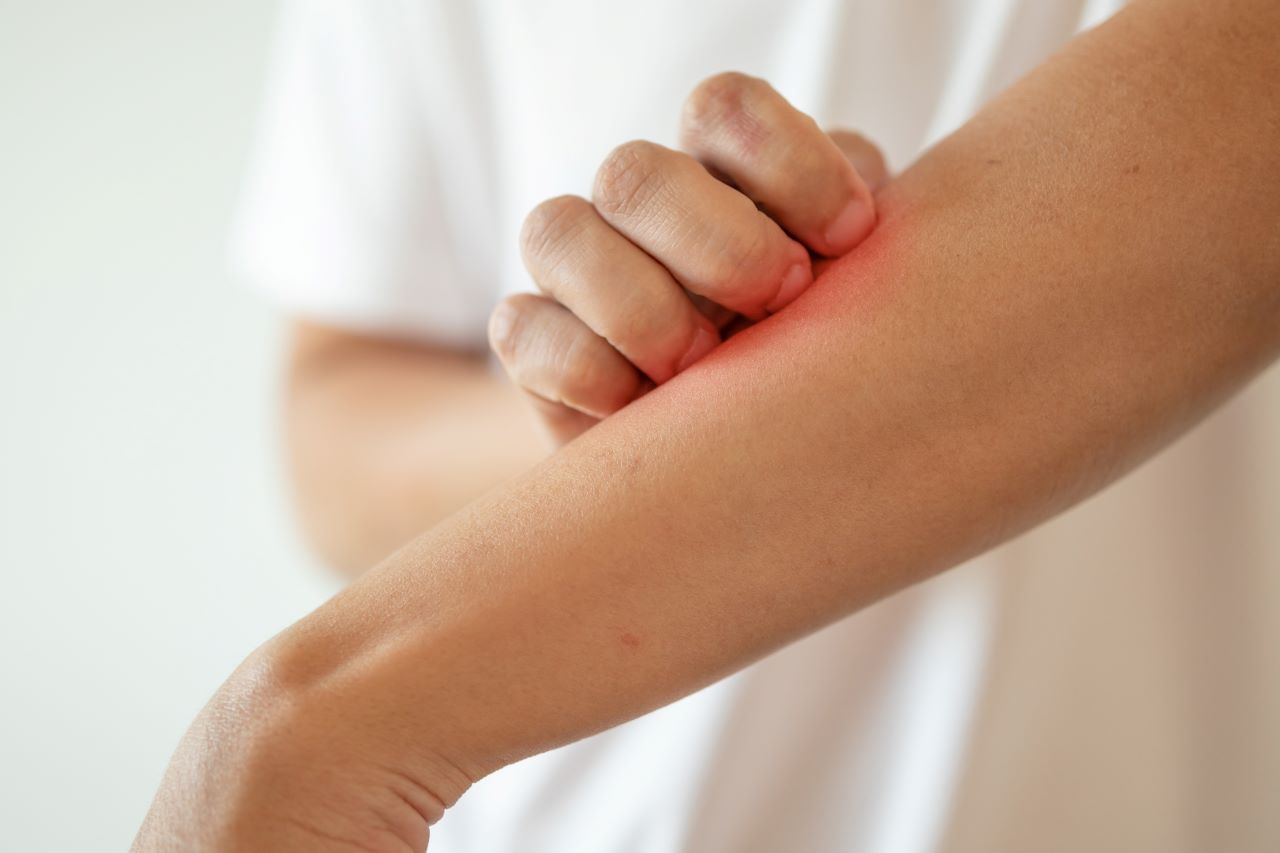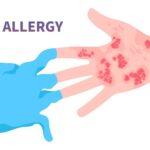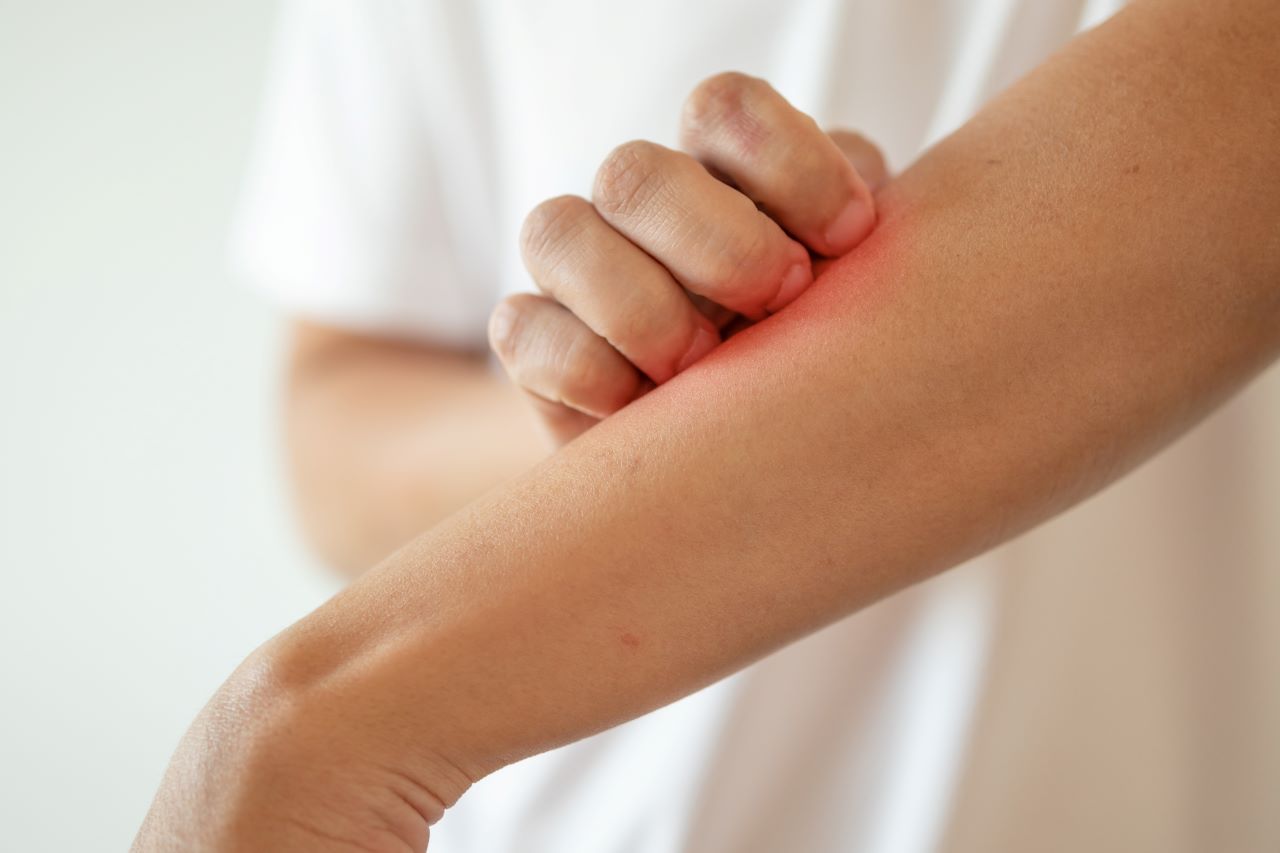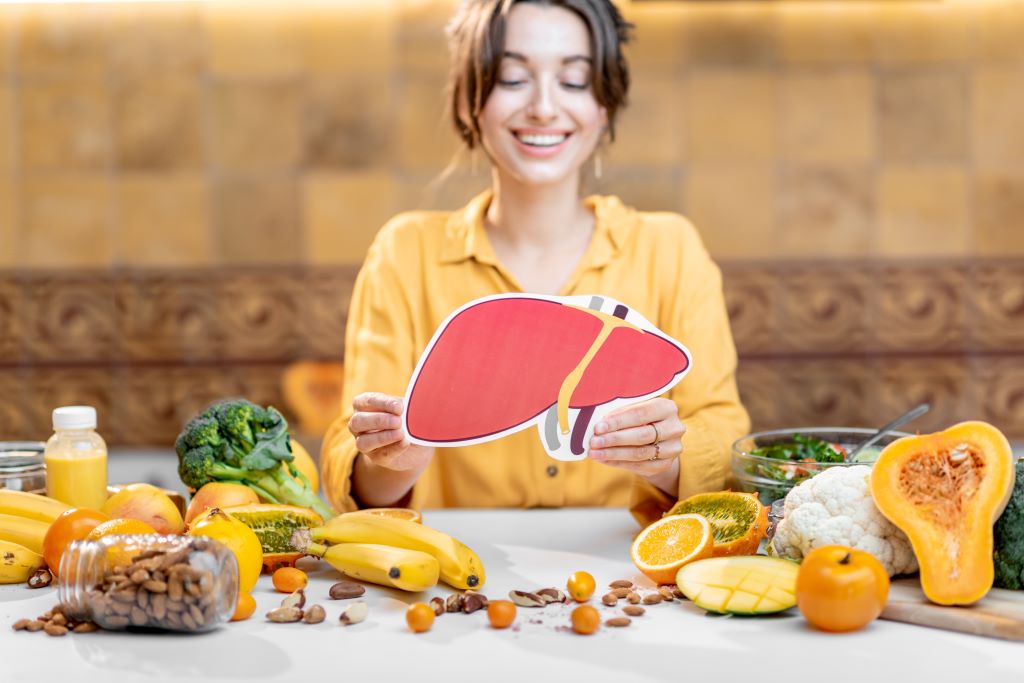
You’ve enjoyed the outdoors, perhaps done some yard work or gone for a hike, and now an intensely itchy rash is developing. The prime suspect? Poison ivy, or its relatives, poison oak and poison sumac. These plants contain a sneaky oily resin called urushiol, which triggers an allergic reaction in most people. While often just a nuisance, understanding how to identify, treat, and prevent these rashes is key to minimizing discomfort and avoiding complications.
This guide (updated for 2025 considerations) clearly outlines what you need to know about recognizing urushiol rashes, distinguishing mild from severe symptoms, and managing potential reactions effectively.
Understanding Urushiol Rashes (Poison Ivy, Oak, and Sumac)
What Causes the Rash? The rash is caused by urushiol, an oily sap found in all parts of poison ivy, poison oak, and poison sumac plants. When this oil comes into contact with your skin, it binds to skin proteins and triggers an immune-mediated allergic response. Your body’s immune system mistakenly identifies the urushiol as a threat, releasing histamines and other inflammatory mediators that cause the characteristic rash. Contact can be direct (touching the plant) or indirect (touching contaminated tools, clothing, pets, or even airborne particles from burning plants).
Common Symptoms of a Urushiol Rash A reaction to urushiol typically manifests as:
- Red, Itchy Bumps or Streaks: The rash often appears as red, raised bumps (papules) or fluid-filled blisters. It can also form characteristic linear red streaks where the plant brushed against your skin.
- Blisters that May Ooze: These blisters are filled with clear or yellowish fluid. If scratched or broken, they may ooze before forming crusts.
- Swelling: The affected area can become swollen, sometimes significantly, particularly on the face or genitals.
- Intense Itchiness: The most prominent and often unbearable symptom is severe itching.
- Delayed Appearance: The rash doesn’t appear immediately after contact. It can take anywhere from a few hours to several days (up to 10-21 days for initial exposure) to develop, depending on your sensitivity and the amount of urushiol absorbed.
- Location: Rashes typically appear on exposed skin that touched the plant, but can spread to other areas if urushiol is transferred via hands, clothing, or pets. The fluid inside the blisters, however, does not contain urushiol and cannot spread the rash.
Mild vs. Severe Reactions: When to Worry?
Mild Symptoms (Usually Harmless):
- Localized redness or pinkish rash.
- Mild itching or discomfort.
- Small bumps or minor blistering.
- Usually resolves spontaneously within 1-3 weeks after proper treatment and removal of urushiol. If you experience mild symptoms, over-the-counter remedies are often sufficient.
Severe Symptoms (Require Immediate Medical Attention): Serious allergic reactions to urushiol can escalate and warrant professional care. Watch for:
- Widespread Rash: Covering large areas of the body (more than 25%).
- Facial or Genital Involvement: Rashes on the face, especially around the eyes, or on the genitals can lead to severe swelling and complications.
- Signs of Infection: Increased redness, pus, warmth, or fever developing in the rash area.
- Extreme Swelling: Significant swelling of the affected area, or swelling that makes it difficult to open eyes or breathe.
- Difficulty Breathing or Swallowing: This is rare but indicates a severe systemic allergic reaction (anaphylaxis) requiring emergency medical attention.
A 2024 update from the American Academy of Dermatology (AAD) highlights that while most cases are mild, severe reactions necessitate prompt medical evaluation to prevent complications like secondary bacterial infections or profound discomfort.
Diagnosis and Treatment of Urushiol Rashes
How is a Urushiol Rash Diagnosed? Diagnosis is usually based on:
- Detailed Patient History: Your doctor will ask about recent outdoor activities and potential exposure.
- Physical Examination: The characteristic appearance and pattern of the rash often confirm the diagnosis.
Management and Treatment Strategies:
- Immediate Decontamination: If you suspect exposure, wash exposed skin with soap and cool water within minutes (ideally within 10-20 minutes). Specialized urushiol-removing cleansers can also be effective. Don’t forget to wash clothes, tools, and pets that may have come into contact with the plant.
- Symptom Relief (Mild-to-Moderate):
- Cool Compresses/Baths: Apply cool, wet compresses for 15-30 minutes several times a day. Colloidal oatmeal baths can also be very soothing.
- Calamine Lotion or Hydrocortisone Cream: Over-the-counter (OTC) creams can help alleviate itching and inflammation.
- Oral Antihistamines: OTC antihistamines like diphenhydramine (Benadryl) or cetirizine (Zyrtec) can reduce itching, especially at night.
- Avoid Scratching: This is crucial to prevent infection and worsening of the rash. Keep fingernails short.
- Medical Treatment (Severe Cases):
- Prescription Corticosteroids: For widespread or severe rashes, a doctor may prescribe oral corticosteroids (like prednisone) to reduce inflammation and itching. These are highly effective but must be taken as directed to avoid rebound rashes.
- Antibiotics: If a secondary bacterial infection develops from scratching, antibiotics may be prescribed.
Prevention and Long-term Considerations
Prevention Tips:
- Learn to Identify the Plants: “Leaves of three, let it be!” is a good rule of thumb for poison ivy and oak. Poison sumac has 7-13 leaves arranged in pairs along a central stem.
- Wear Protective Clothing: When in wooded or overgrown areas, wear long sleeves, long pants, gloves, and closed-toe shoes.
- Use Barrier Creams: Products containing bentoquatam (e.g., IvyBlock) can create a barrier against urushiol.
- Clean Tools and Pets: Always wash gardening tools, camping gear, and pets after being in areas with these plants.
Long-term Implications: Once sensitized to urushiol, you’ll likely remain allergic. The severity of your reaction can vary with each exposure. Prompt recognition and decontamination are your best defenses.

This article reviewed by Dr. Jim Liu, MD.
There’s nothing more important than our good health – that’s our principal capital asset.
#medical #telehealth #umedoc #menopause #hormone replacement













